Space News
Nasa
1M
109
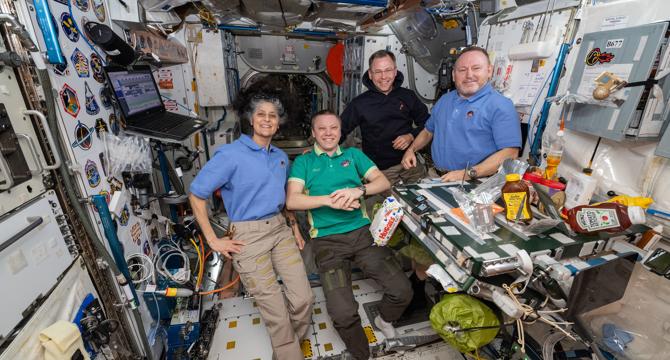
Image Credit: Nasa
NASA Astronauts to Answer Questions from Students in Ohio, Texas
- NASA astronauts aboard the International Space Station will answer prerecorded questions from students in Ohio and Texas.
- On March 5, astronauts Suni Williams, Nick Hague, Butch Wilmore, and Don Pettit will respond to questions from Puede Network in Dallas.
- On March 6, astronauts Williams, Hague, and Wilmore will answer questions from students at Saint Ambrose Catholic School in Brunswick, Ohio.
- These 20-minute space-to-Earth calls can be watched on NASA+.
Read Full Article
6 Likes
Nasa
1M
31
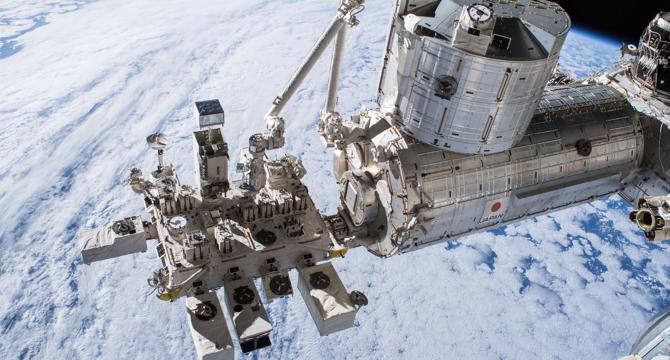
Image Credit: Nasa
Station Science Top News: Feb. 27, 2025
- Two anti-microbial coatings show potential in reducing biofilm formation in microgravity and could be used in space to protect human health and prevent equipment degradation.
- Researchers found different gene expression and other responses to simulated lunar gravity levels in specific organs, which could help determine safe gravity thresholds for future space journeys.
- The on-orbit performance of the International Space Station's cosmic ray observatory, CALET, has been successful in providing valuable data on various aspects of cosmic rays, including gamma-ray detection and searching for gravitational wave counterparts.
- The JAXA CALorimetric Electron Telescope (CALET) is instrumental in studying the origin and acceleration of cosmic rays, as well as assessing the risks from the radiation environment in space.
Read Full Article
1 Like
Brighter Side of News
1M
426

Image Credit: Brighter Side of News
Scientists may have finally found the way to directly detect dark matter
- Scientists have long sought to detect dark matter, an invisible substance that influences the universe, with its properties still unknown.
- Recent research explores the detection of axion-like particles (ALPs), theorized particles that could explain dark matter mysteries.
- A team from Tokyo Metropolitan University used advanced infrared spectrographs to search for dark matter decay signals.
- Utilizing the WINERED instrument in Chile, the researchers observed galaxies for signs of ALP decay emissions.
- While no direct detection was made, the study provided constraints on dark matter decay rates within specific mass ranges.
- The findings highlight the importance of advanced technology in advancing dark matter research.
- Their work complements other dark matter detection methods, offering a new perspective in the search for cosmic mysteries.
- The results indicate a significant step forward in understanding dark matter, setting the stage for further investigations and discoveries.
- Despite challenges, scientists remain dedicated to unraveling the enigma of dark matter, aiming to uncover its true nature with continued research.
- Through ongoing observations and method refinements, researchers strive to piece together the puzzle of dark matter.
Read Full Article
25 Likes
Discover more
Nasa
1M
358

Image Credit: Nasa
35 Years Ago: STS-36 Flies a Dedicated Department of Defense Mission
- On Feb. 28, 1990, space shuttle Atlantis took off from NASA’s Kennedy Space Center in Florida on STS-36, the sixth shuttle mission dedicated to the Department of Defense.
- The mission marked the 34th flight of the space shuttle, the sixth for Atlantis, and the fourth night launch of the program.
- During the four-day mission, the astronauts deployed a classified satellite, ending with a landing at Edwards Air Force Base in California.
- Atlantis arrived at Kennedy, where workers began to prepare it for its next flight, STS-38 in November 1990.
Read Full Article
21 Likes
Spaceflightnow
1M
390

Live coverage: SpaceX to launch Starship Flight 8 suborbital test mission from Starbase
- SpaceX is preparing for the launch of Starship Flight 8 suborbital test mission from Starbase in Texas on March 3.
- The mission aims to achieve goals from the previous Flight 7 test, involving a series of demonstrations with Starship.
- The mission includes the launch of Super Heavy booster B15 and Ship upper stage S34 for the second time.
- The plan involves demonstrations like engine relight in space, satellite deployment, and a propulsive splashdown in the Indian Ocean.
- Booster 15 will try to return to its launch site for the third catch out of four opportunities using 'Mechazilla' arms.
- SpaceX has made procedural changes for this mission, adjusting fueling and launch timelines from the previous test.
- Flight 8 will focus on objectives not achieved in Flight 7, including payload deployment and reentry experiments.
- SpaceX aims to deploy four Starlink simulators, less than Flight 7's 10, with plans for safe atmospheric burn-up into the Indian Ocean.
- SpaceX has addressed issues from Flight 7, including fire prevention in Starship's attic and Raptor engine upgrades for the upcoming flight.
- Elon Musk suggested the need for ship reentry perfection before attempting ship catches, while targeting reusability for both Ship and booster in the future.
Read Full Article
23 Likes
Semiengineering
1M
27

Image Credit: Semiengineering
RISC-V High Performance Multicore and GPU SoC Platform For Safety Critical System
- Researchers at the Universitat Politecnica de Catalunya and Barcelona Supercomputing Center have developed a RISC-V multicore and GPU SoC platform for safety critical systems.
- The platform, called METASAT, is based on a space-grade processor, NOEL-V, integrated with the SPARROW AI accelerator and GPU Vortex.
- The use of GPUs in space systems is gaining traction due to increased performance requirements for AI-related workloads.
- The METASAT platform aims to enable the use of high-performance hardware in a qualifiable environment for safety critical systems.
Read Full Article
1 Like
Nasa
1M
263

Image Credit: Nasa
Metal 3D Printing and Heart Health Kicks Off March on Station
- Metal 3D printing and cardiovascular health were the focuses of research on the Expedition 72 crew at the International Space Station.
- Spacecraft maintenance may be more effective in the future by manufacturing parts and tools in space.
- Crew-10 mission, set to launch on March 12, will be monitored by NASA Flight Engineer Nick Hague.
- Five spacecraft are currently docked at the International Space Station, including the Progress 91 resupply ship.
Read Full Article
15 Likes
Brighter Side of News
1M
363

Image Credit: Brighter Side of News
The ISS’s Sterile Environment Could Be Making Astronauts Sick
- Living in space presents challenges, including the microbial environment inside spacecraft like the ISS.
- The ISS is a highly controlled, enclosed environment with reduced microbial diversity, affecting astronaut health.
- A study analyzed the ISS's microbial landscape, highlighting potential health risks for astronauts on long-term missions.
- The study mapped the microbiome of the ISS, showing human-associated bacteria dominate the station.
- ISS microbial diversity is lower than most built environments on Earth, potentially impacting astronauts' immune systems.
- While reducing harmful bacteria is crucial, the absence of beneficial microbes in space poses health risks.
- Astronauts in space report rashes, allergies, immune dysfunction, and increased infection risk due to limited microbial exposure.
- Maintaining a diverse microbial environment in space is proposed to mimic Earth's natural exposures and promote astronaut health.
- NASA aims to improve microbial management in space, using advanced methods like metagenomics for real-time analysis.
- Future space habitats must balance sanitation with beneficial microbial diversity to support astronaut well-being on long missions.
Read Full Article
21 Likes
Livescience
1M
168
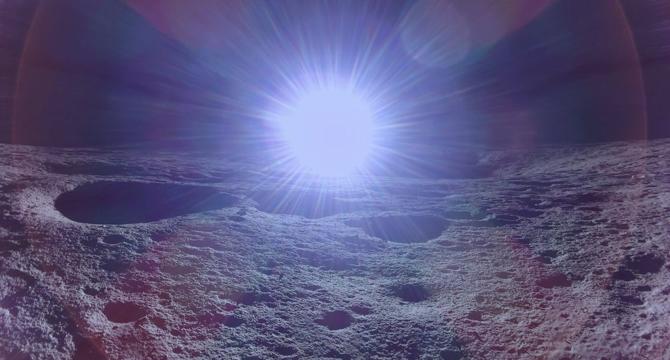
Image Credit: Livescience
Sunrise on the moon captured by Blue Ghost spacecraft after NASA and Firefly Aerospace announce successful lunar landing
- Blue Ghost's lunar lander captures a sunrise on the moon and other images after successful landing.
- Blue Ghost is the second private lunar lander to park on the moon, after Odysseus craft in 2024.
- Firefly Aerospace aims to have annual lunar missions to establish a lasting lunar presence.
- Blue Ghost has 10 NASA instruments to operate on the moon's surface for about 14 Earth days.
Read Full Article
10 Likes
Arstechnica
1M
172
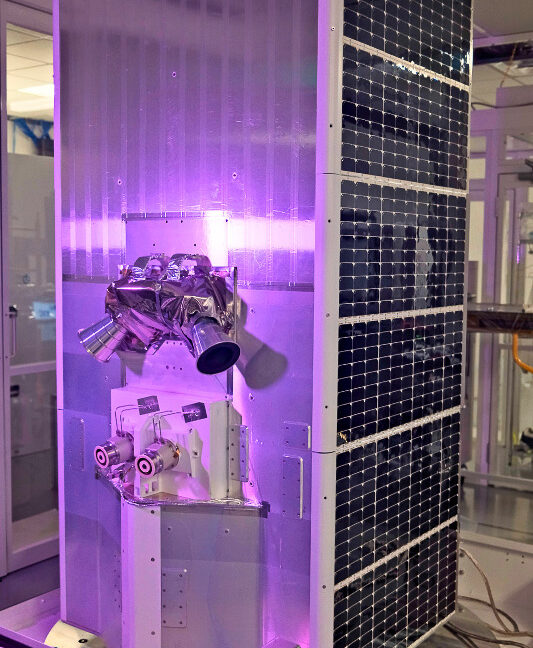
Image Credit: Arstechnica
The modern era of low-flying satellites may begin this week
- The modern era of low-flying satellites may begin this week.
- The idea of flying satellites in very low-Earth orbit is not new.
- Satellites have traditionally flown at higher orbits to avoid atmospheric drag.
- Flying satellites in low-Earth orbit presents challenges but offers clear views of the planet.
Read Full Article
10 Likes
Nasa
1M
436

Image Credit: Nasa
NASA Names Norman Knight as Acting Deputy Director of Johnson Space Center
- NASA has selected Norman Knight as acting deputy director of Johnson Space Center.
- Knight currently serves as Director of Johnson’s Flight Operations Directorate (FOD).
- He will serve in the dual role of deputy director and FOD director for the near term.
- Knight has an accomplished career in NASA, progressing through various management roles.
Read Full Article
26 Likes
Nasa
1M
281
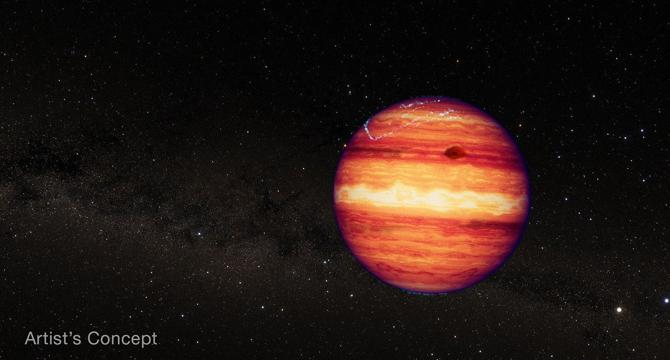
Image Credit: Nasa
NASA’s Webb Exposes Complex Atmosphere of Starless Super-Jupiter
- NASA's James Webb Space Telescope discovered complex variations in brightness of the planetary-mass object SIMP 0136.
- These variations are attributed to atmospheric factors such as cloud layers, temperature, and carbon chemistry.
- The findings provide insight into gas giant atmospheres inside and outside our solar system.
- SIMP 0136, located 20 light-years from Earth, rotates rapidly, making it a valuable target for exo-meteorology studies.
- Previous observations from ground-based telescopes, Hubble, and Spitzer laid the groundwork for Webb's observations of SIMP 0136.
- Webb captured thousands of spectra using NIRSpec and MIRI instruments, unveiling changes in cloud cover, temperature, and carbon chemistry.
- Distinct light-curve shapes in the observations indicated various atmospheric phenomena affecting brightness variations.
- The research revealed patchy clouds, hot spots, and carbon chemistry fluctuations as potential contributors to the observed variability.
- The study highlights the importance of detailed atmospheric characterization in preparation for future exoplanet imaging missions.
- This research, part of Webb's General Observer Program 3548, contributes to expanding our understanding of planetary atmospheres.
Read Full Article
16 Likes
For uninterrupted reading, download the app